Found 52 movies, 16 TV shows, and 20 people
Can't find what you're looking for?
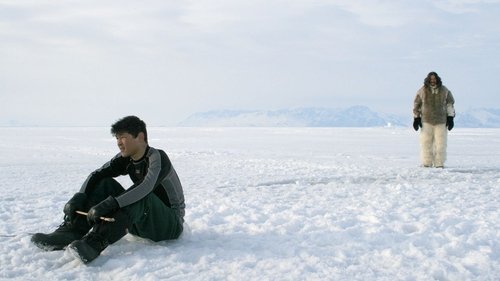
Several years after losing his father, Inuk learns the way of his people again.

Tamotsu Inukai is a married middle-aged man with a wife, daughter and son. Mr. Inukai has a strong dislike for dogs, but while he is working on the island his family takes in a Samoyed dog to fill in the father's absence, the family decides to raise the dog. At first Mr. Inukai opposes the family taking the dog in, but he can't persuade his family to abandon the dog. When Mr. Inukai arrives back in Tokyo, he now has to has to live with the Samoyed dog. Can he?
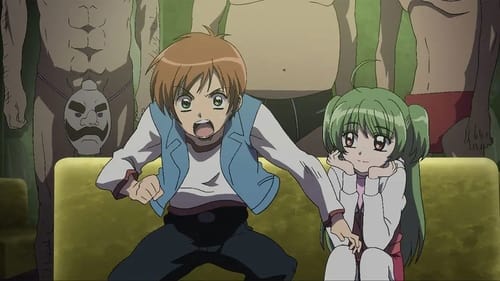
In 2007, the Punishment of Sexual Perversions Law came into effect. The city is surrounded by a squadron wearing protective suits and they begin to arrest any who look like perversions. No wonder that Inukami Master Keita and Inukami Yoko are wanted for Class A perversions. What will happen to Keita, Yoko, Kaoru's Inukami, and the other lovely perversions? What about Karina? Source: AnimeNfo

Seisa lives in Inujima, a small island in Okayama. She posts pictures of the island on SNS. One day, a Japanese woman living in Canada contacts her through her SNS account and asks her to take pictures of Inujima from her memories. Seisa sets out to look for those spots...
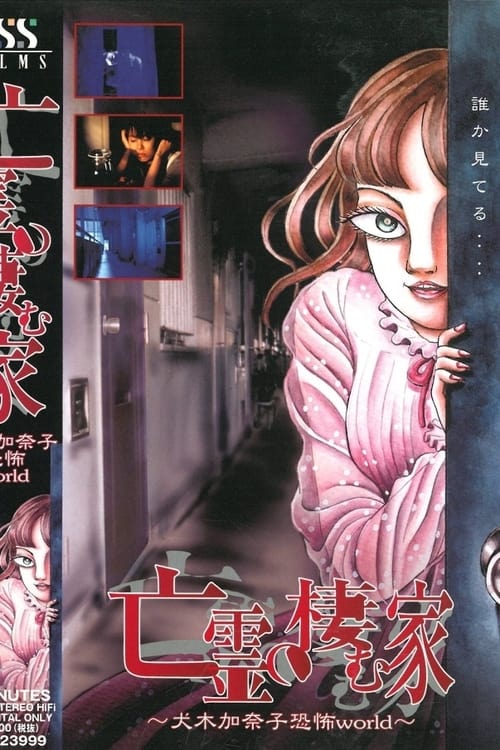
Ghostly horror film based on the original story by horror manga artist Kanako Inuki, adapted from various horror episodes.
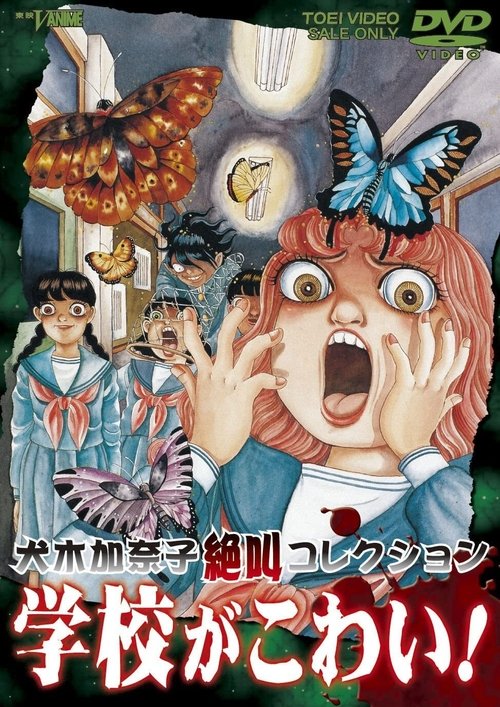
Bukida is disliked by all the students in his class because of his unpleasant face. However, he loves a girl named Matsuko and so he stalks her. Though Matsuko rejects him, Bukida fancies she likes him at heart. One day, Bukida is killed in a traffic accident. Matsuko feels relieved. But Bukida appeared to her as the living dead. Bukida says, "I love you forever, even though I am dead!".
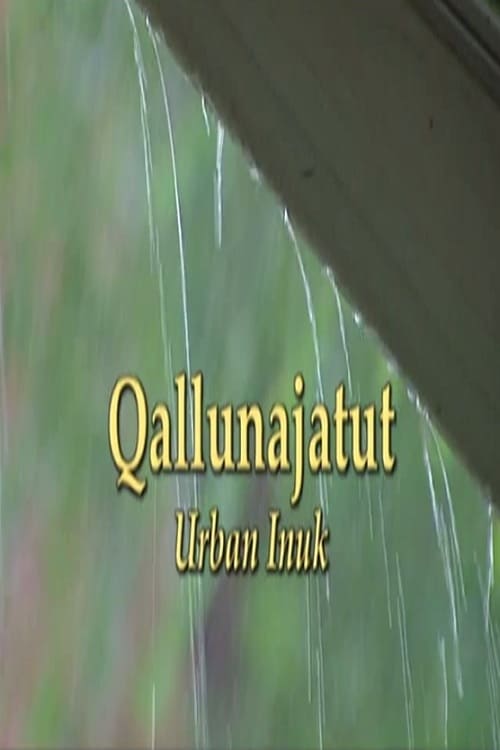
Qallunajatut (Urban Inuk) follows the lives of three Inuit in Montreal over the course of one hot and humid summer.Only two generations ago Inuit lived in small, nomadic hunting camps scattered across the vast Arctic landscape. Since the 1950s, this traditional lifestyle has undergone an astonishing transition from Stone Age to Information Age, as Inuit first relocated (often by force) to government-run settlements, and, more recently, beyond the settlement into southern cities.
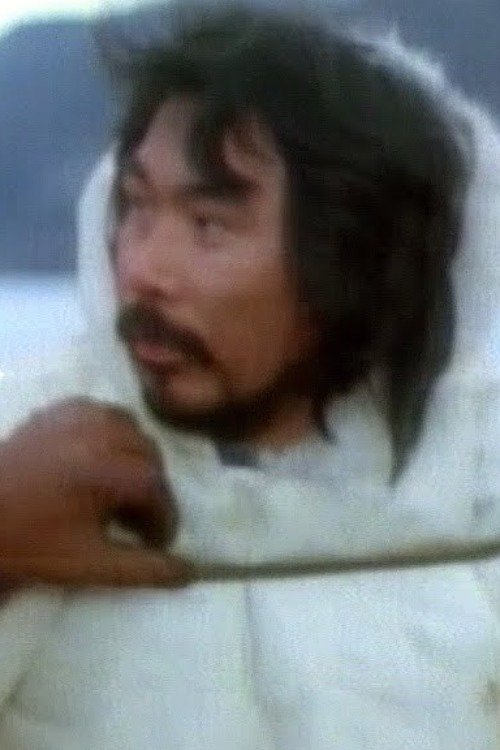
An RCMP officer watches an Inuit family build the Northern landmark, a sign of human activity on the vast arctic landscape.
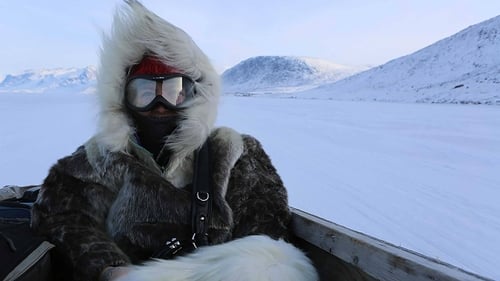
With "sealfies" and social media, a new tech-savvy generation of Inuit is wading into the world of activism, using humour and reason to confront aggressive animal rights vitriol and defend their traditional hunting practices. Director Alethea Arnaquq-Baril joins her fellow Inuit activists as they challenge outdated perceptions of Inuit and present themselves to the world as a modern people in dire need of a sustainable economy.
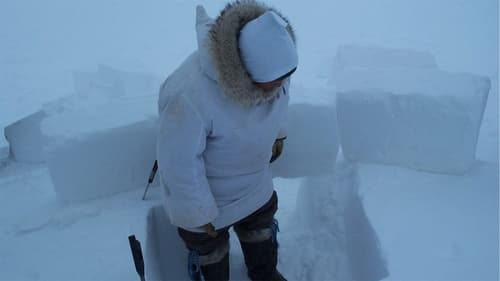
In this feature-length documentary, 8 Inuit teens with cameras offer a vibrant and contemporary view of life in Canada's North. They also use their newly acquired film skills to confront a broad range of issues, from the widening communication gap between youth and their elders to the loss of their peers to suicide. In Inuktitut with English subtitles.

Part oral history and part visual poem, Miss Campbell: Inuk Teacher is the story of Evelyn Campbell, a trailblazer for an Inuit-led educational system in the small community of Rigolet, Labrador.
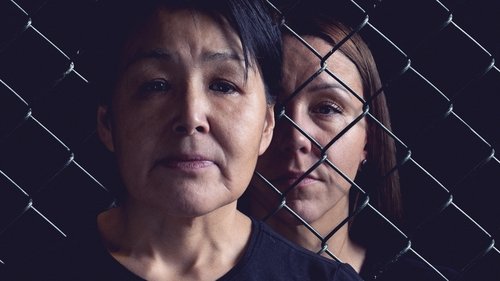
Two women, a film director and an inmate, meet by coincidence in a Greenlandic prison. As they discover shared tragic experiences in their pasts, they also find a way to set one another free.
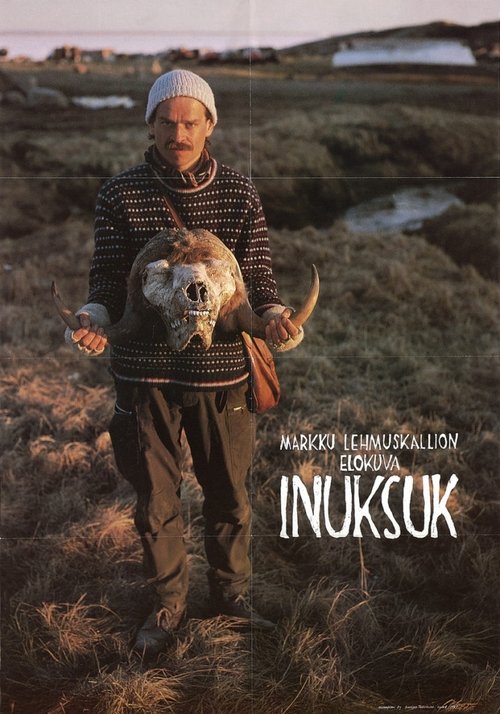
Film about natives in the north.
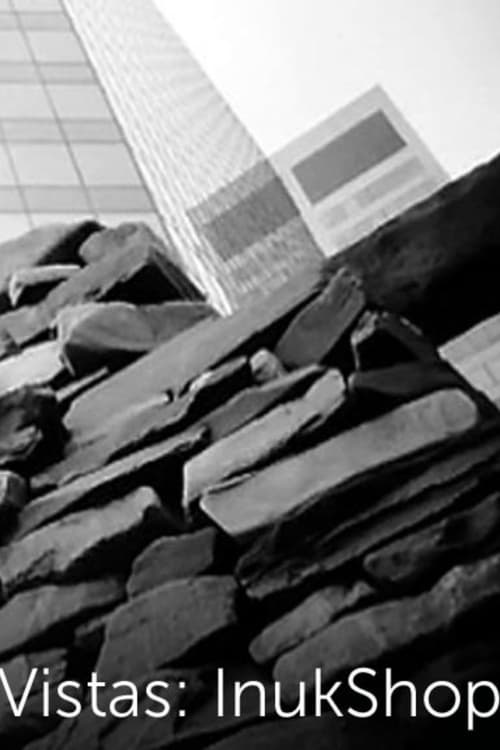
In this short film, filmmaker Jobie Weetaluktuk mixes archival and new footage to make a statement about the appropriation of Inuit culture throughout history.
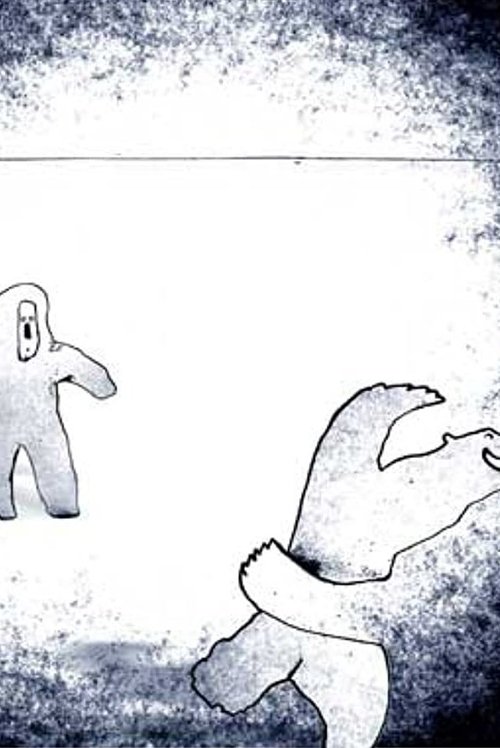
On the ice field, the Eskimos roused the polar bears, who playfully chased each other. Tired, they napped. The sun shone brightly, and the ice sheet melted. Why were eyes in the hole we dug? A large whale had arrived! The film uses simple lines and ink, combined with rich imagination, to create a fun and light-hearted three-dimensional space through hand-drawn animation.
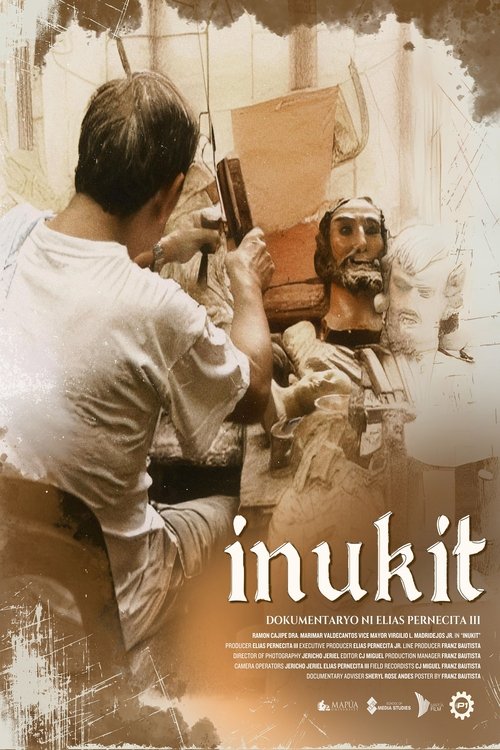
Centered around the nationally recognized woodcarving industry and culture of Paete, Laguna. This documentary examines the current status of the livelihood and art form amidst various environmental challenges and concerns that have limited its practice. Gathering opinions and statements from the perspective of a sculptor, a gallery owner, and an official from the local government.

Follows homeless, addicted and alienated Greenlandic women in Copenhagen, Denmark; includes fragments of Greenlandic culture.
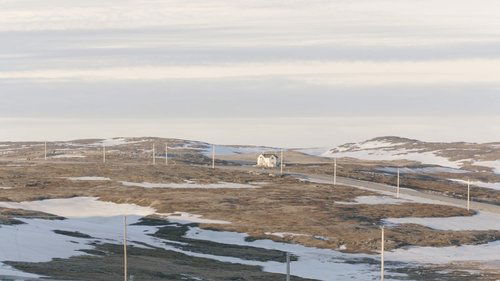
Geela Kumarluk, Inuk social worker and Inukjuak native opens up a line of dialogue with members of her community about the trauma experienced by her people at the hands of the Canadian government and, most importantly, about how to heal from it. The formal and informal interviews with the director and with Geela present a simultaneously intimate and outward-looking perspective of the village and the Inuit. As community members open up, winter morphs into spring, and the village booms with warmer weather activity, just as they prepare for a celebration of Inuit traditions that comes exactly one hundred years after the release of Flaherty’s film about Inuit in the region; “Nanoq of the North”.

In 1985, Zacharias Kunuk broke the race barrier at Canada Council for the Arts when his Inuktitut-language video, From Inuk Point of View, was the first work by an Inuit or Aboriginal artist deemed eligible to apply for a professional artist's grant. Kunuk was the video's director and producer; Norman Cohn cameraman; Paul Apak Angilirq editor; and elder Pauloosie Qulitalik as narrator. By 1990, the four partners had formed Igloolik Isuma Productions Inc. to produce independent video art from an Inuit point of view. The video also features footage shot by Zacharias Kunuk, Paul Apak Angilirq and Simon Quassa, along with narration from three other well-respected Igloolik elders.

Stones move through the landscape and take on the likeness of a human. Created in the Kinngait (formerly Cape Dorset) Film Animation Workshop on Baffin Island, a workshop established to teach animation skills to local artists. This is part of a collection of films by Inuit artists released by the NFB in 1973.

Mosha Michael made an assured directorial debut with this seven-minute short, a relaxed, narration-free depiction of an Inuk seal hunt. Having participated in a 1974 Super 8 workshop in Frobisher Bay, Michael shot and edited the film himself. His voice can be heard on the appealing guitar-based soundtrack…. Natsik Hunting is believed to be Canada’s first Inuk-directed film. – NFB
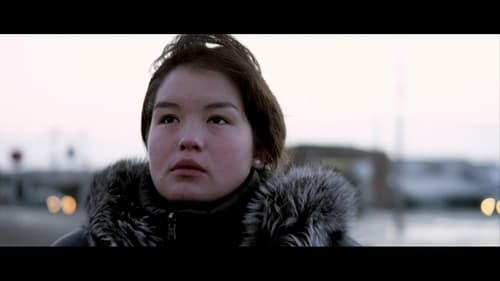
In a small town in the Canadian Arctic, Ippik, a young Inuit woman, suffers in an abusive relationship. She starts to heal when she connects with other victims of violence and finds her voice.
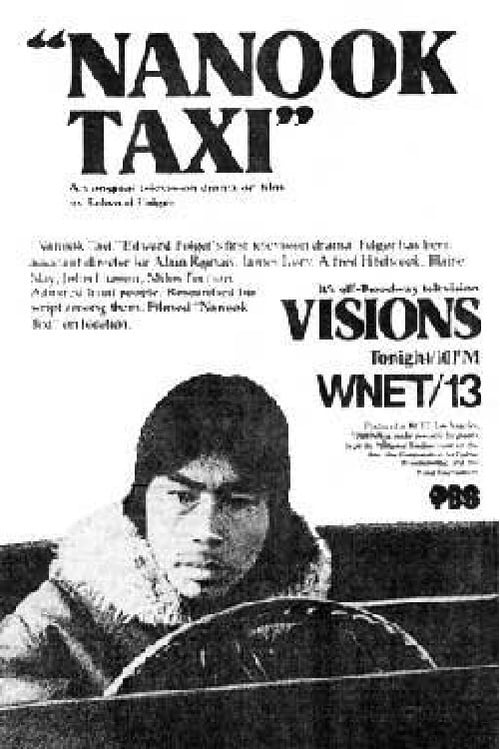
Ningiuksiak, an Inuk who lives in the settlement of Cape Dorset, is on a hunt with his family. On his way back to Cape Dorset, Ningiuksiak's snowmobile breaks down. Since he does not have the money to fix it he decides to leave his family and fly to the town of Frobisher Bay to make some money. Ningiuksiak's cousin in Frobisher Bay, Ashoona, a somewhat urbanized Inuk who makes his living as a construction worker or as a cab driver, has drifted away from hunting and the traditional way of life of the remote settlements. Ashoona takes Ningiuksiak in hand and helps him to get a job driving for the Nanook Taxi Company. Increasingly unhappy and bewildered, Ningiuksiak takes to spending his money on liquor and his time in seedy nightclubs. One night, half-heartedly trying to show that he is having a good time, he looks up and sees his wife. She has come to take him home to Cape Dorset.
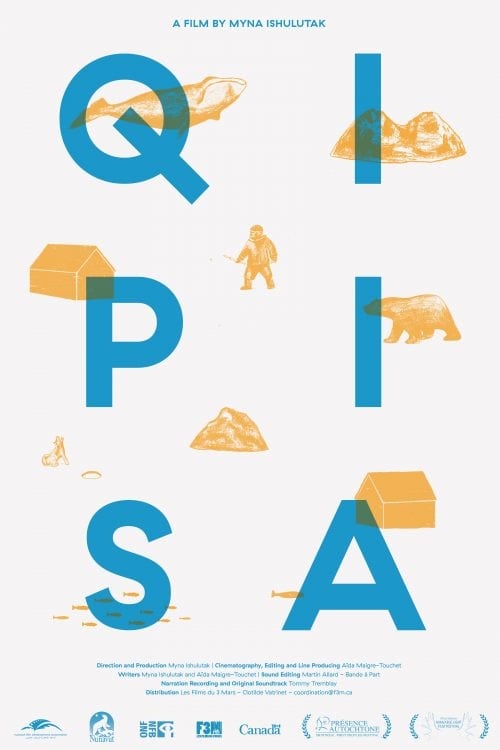
The director goes back to her roots in Pangnirtung, amongst her family and community. It leads her to another journey: to Qipisa, the outpost camp from where they were uprooted.
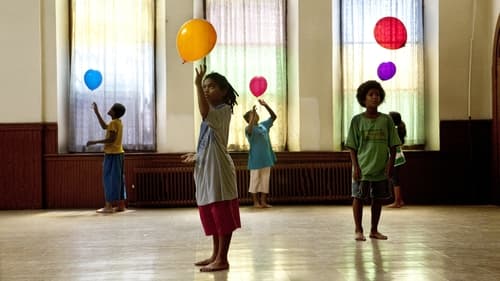
In 2032 an eight-year old boy, displaced by global warming, fends for himself as an environmental refugee in a hostile northern metropolis. Haunted by memories of flooding that left him homeless and orphaned, the boy forms an unexpected friendship with an Inuk ice carver who helps him confront his past.
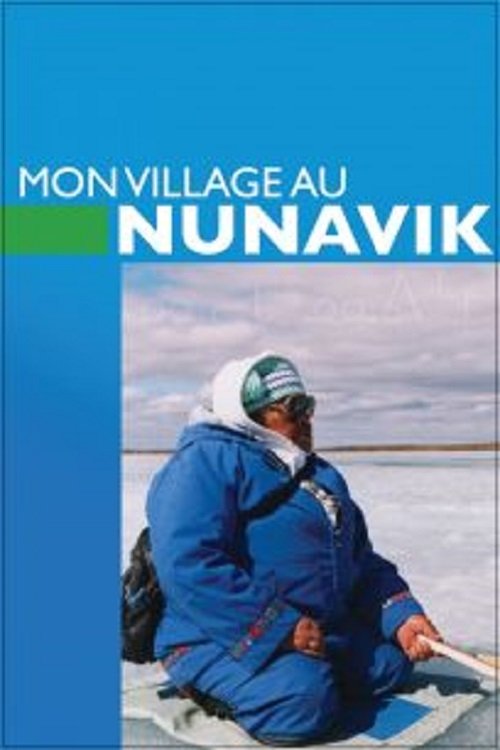
Shot during three seasons, Kenuajuak's documentary tenderly portrays village life and the elements that forge the character of his people: their history, the great open spaces and their unflagging humour. Though Kenuajuak appreciates the amenities of southern civilization that have made their way north, he remains attached to the traditional way of life and the land: its vast tundra, the sea teeming with Arctic char, the sky full of Canada geese. My Village in Nunavik is an unsentimental film by a young Inuk who is open to the outside world but clearly loves his village. With subtitles.

It is taking decades for Canada to come to terms with its history in the Arctic, and with its relationship to all its indigenous people. “Kikkik” is the story of government mistakes and neglect, of starvation, murder, freezing death, but, in the end, a kind of justice that helps restore our faith in human decency. In 1958, the Inuit woman Kikkik was charged with murder and criminal negligence leading to the death of her child. Her trial and our visit back to the place and to Kikkik’s children confront us with a legacy that’s still a challenge for Canada.

Through a tapestry of reflection, rare footage and her own home, Inuk filmmaker Holly Andersen tells the little-known story of the forced relocation of an Inuit community from Hebron, north of Nain, to more southerly locations along the Labrador Coast. Although that painful disruption of 233 lives occurred more than 50 years ago, the repercussions of the move last to this day.

The Inuit folktale of an old woman and the orphaned polar bear cub she took in as her own child.
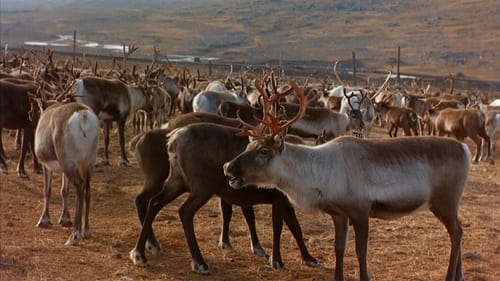
This film takes viewers through the rich, white majesty of the Inuit Great North. Along with doing justice to the breathtaking and awesome landscape of the freezing, snow-covered environment, Great North also looks into the long-standing traditions, such as fishing and hunting, of the Inuit tribes.

In 1922 the first documentary in the genre sense came on the big screen, "Nanook of the North" (1922). Kabloonak is the story of the making of this movie for which the story was partially staged by his director 'Robert Flaherty'.
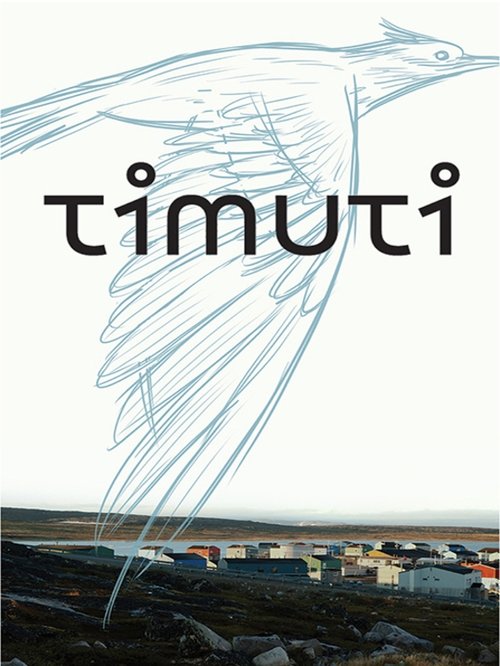
In Inukjuak, an Inuit community in the Eastern Arctic, a baby boy has come into the world and they call him Timuti, a name that recurs across generations of his people, evoking other Timutis, alive and dead, who will nourish his spirit and shape his destiny.

This animated short film taps into the deep pain of the pandemic, experienced by millions of people all over the world. With no going back to the way it was before, it invites its audience to dream up new stories to help guide our way forward as a species. Tackling COVID-19 has shown us that we can act collectively to protect each other and it is possible to create a better future. It has shown us that we are capable of the kind of action needed to flatten the other curves but to do so requires bold vision and investing in an equitable future. We are determined not to give in to fear or to lose hope. Even in times of uncertainty, Amnesty will continue to call out human rights violations wherever we see them.
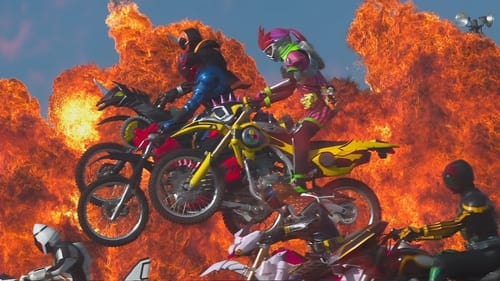
Kamen Riders Build and Ex-Aid team up with the legendary heroes of the Heisei Generation - OOO, Fourze, Gaim, and Ghost.

High schooler Yu is growing up in a small town in rural Japan, and having a difficult time at summer school, made all the worsen by the fact that he's deeply unhappy about their female body, and has always seen himself as a boy. Yu's confusion grows when a pretty girl from the year below confesses that she has a crush on him.

A love-struck man discovers he has an incurable illness shortly after meeting the woman of his dreams.
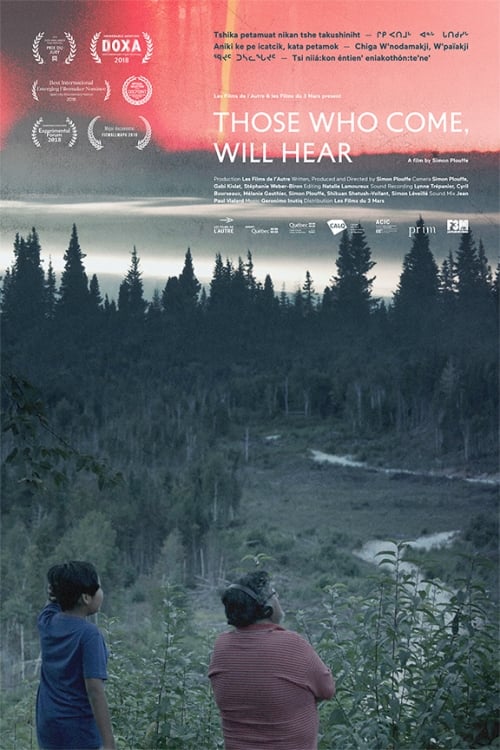
The documentary proposes a unique meeting with the speakers of several indigenous and inuit languages of Quebec – all threatened with extinction. The film starts with the discovery of these unsung tongues through listening to the daily life of those who still speak them today. Buttressed by an exploration and creation of archives, the film allows us to better understand the musicality of these languages and reveals the cultural and human importance of these venerable oral traditions by nourishing a collective reflection on the consequences of their disappearance.

A story about fourteen-year-old alien girl Aoi Hoshino. Her family uses certain medicine to disguise themselves as humans. For some reason the medicine slowly stops working, but only on Aoi...

The Falcom jdk Band's 2013 New Years Live performance recorded and filmed on the 5th of January 2013 in Nihonbashi Mitsui Hall and broadcasted live on the internet and is now available as a Blu-Ray. This concert features music from Falcom video games such as Ys I and II Chronicles, The Legend of Heroes: Trails in the Sky SC, Ys vs. Sora no Kiseki Alternative Saga and Ys VI: The Ark of Napishtim.

Falcom jdk BAND 2013 Super Live in NIHONBASHI MITSUI HALL, held on December 21, 2013, is now available on Blu-ray Disc. The concert includes music from the Ys, Legend of the Heroes and Xanadu series performed by jdk Band.

1st entry in the 'Psychic Manjara' series, which shows a collection of 11 shocking psychic videos.

33 carefully selected psychic videos from the 'Psychic Manjara' series.

33 carefully selected psychic videos from the 'Psychic Manjara' series.
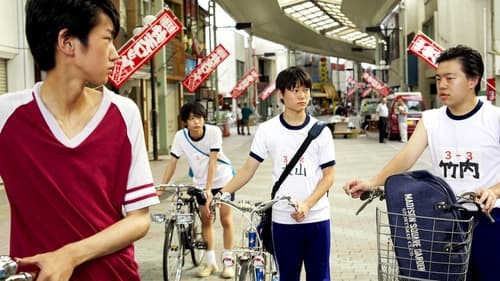
In 1987, frustrated junior high student Takashi hates his uncool father hanging around their suburban home all the time, and is pestered by the area’s wannabe gangsters. But he’s interested in the girl next door, the bounteously-breasted Megumi. One day, Takashi hears a rumor that porn actress Kyoko Yokushimaru is coming to town for an autograph session at the only video store in town where Takashi and his judo friends always hang out. Their ridiculous but serious adventure begins. What will Takashi find after all the surprises and chaos? Recalling youth classics like Stand By Me, this is the debut feature of Shin Adachi, Japan Academy Prize-winning screenwriter of 100 Yen Love.
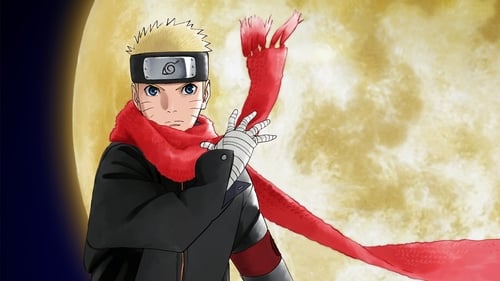
Two years after the events of the Fourth Great Ninja War, the moon that Hagoromo Otsutsuki created long ago to seal away the Gedo Statue begins to descend towards the world, threatening to become a meteor that would destroy everything on impact. Amidst this crisis, a direct descendant of Kaguya Otsutsuki named Toneri Otsutsuki attempts to kidnap Hinata Hyuga but ends up abducting her younger sister Hanabi. Naruto and his allies now mount a rescue mission before finding themselves embroiled in a final battle to decide the fate of everything.
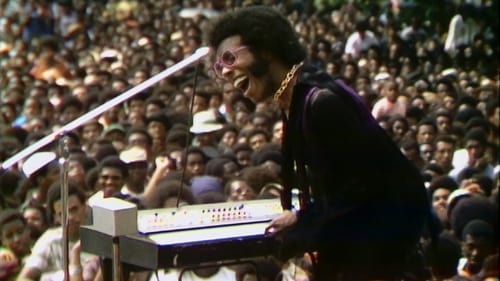
During the same summer as Woodstock, over 300,000 people attended the Harlem Cultural Festival, celebrating African American music and culture, and promoting Black pride and unity. The footage from the festival sat in a basement, unseen for over 50 years, keeping this incredible event in America's history lost — until now.
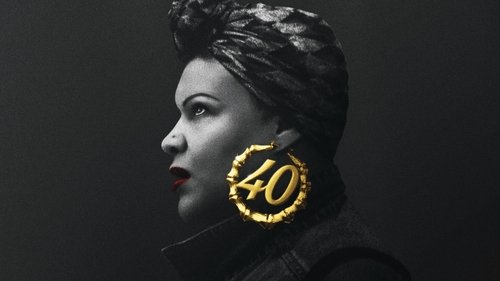
Desperate for a breakthrough as she nears the big 4-0, struggling New York City playwright Radha finds inspiration by reinventing herself as a rapper.

A raw, poetic self-portrait in which young, NYC-born Afro-Latina Rebeca “Beba” Huntt stares down historical, societal, and generational trauma.
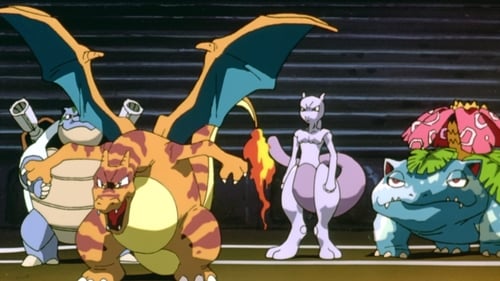
Determined to prove its superiority, a bio-engineered Pokémon called Mewtwo lures Ash, Pikachu and others into a Pokemon match like none before.

A successful rock band from Greenland? Yes, it's not a lie. In 1973, the Greenlandic Sumé released a debut album, which record time made it to all the households on the icy island. But Sumé's success was not just due to their catchy beat rock, but also to the band's ability to put words to the zeitgeist, where Greenlandic culture was slowly fading away
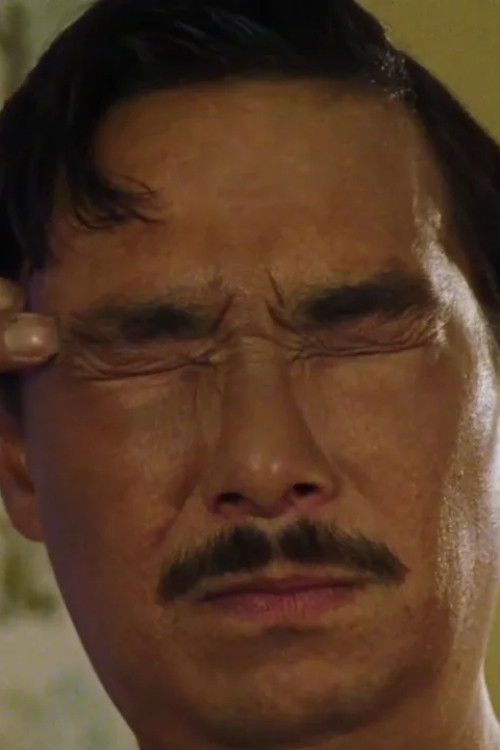
A Greenlandic comedy about sex and jealousy.

The mountains, the fjords, the ice. Greenland's vast landscapes give the impression of being eternal, with man as a mere passing guest. But the changes are underway, and in his magnificent cinematic work, the visual artist Inuk Silis Høegh intervenes in the monumental nature of his country to let creation and doom be reflected in each other. Big words, but nothing less can do it in a work that unites film, installation, Land Art and sound art (with a sound page created in close collaboration with Jacob Kirkegaard) in a meditation on the elements and our own volatility. Is the Arctic wilderness only wild because man cannot control them? Or is it man himself who is out of control?